WD-40 car maintenance tricks – who knew this household staple could be your secret weapon for keeping your ride in tip-top shape? I’ll admit, I always thought of WD-40 as just something to silence squeaky hinges, but boy, was I wrong! From ancient civilizations using animal fats to lubricate chariot wheels to the modern marvel of WD-40, the quest for smooth-running machines has a long and fascinating history.
But why should you care about WD-40 beyond those noisy door hinges? Well, think about it: car maintenance can be expensive and time-consuming. What if I told you there were simple, affordable ways to tackle common car issues using something you probably already have in your garage? That’s where these WD-40 car maintenance tricks come in.
This isn’t just about saving money; it’s about empowering yourself to take care of your vehicle and extend its lifespan. We’re talking about preventing rust, loosening stubborn bolts, cleaning grime, and even protecting your car’s exterior. So, buckle up, because I’m about to share some game-changing DIY hacks that will make you a car maintenance pro – all thanks to the magic of WD-40!
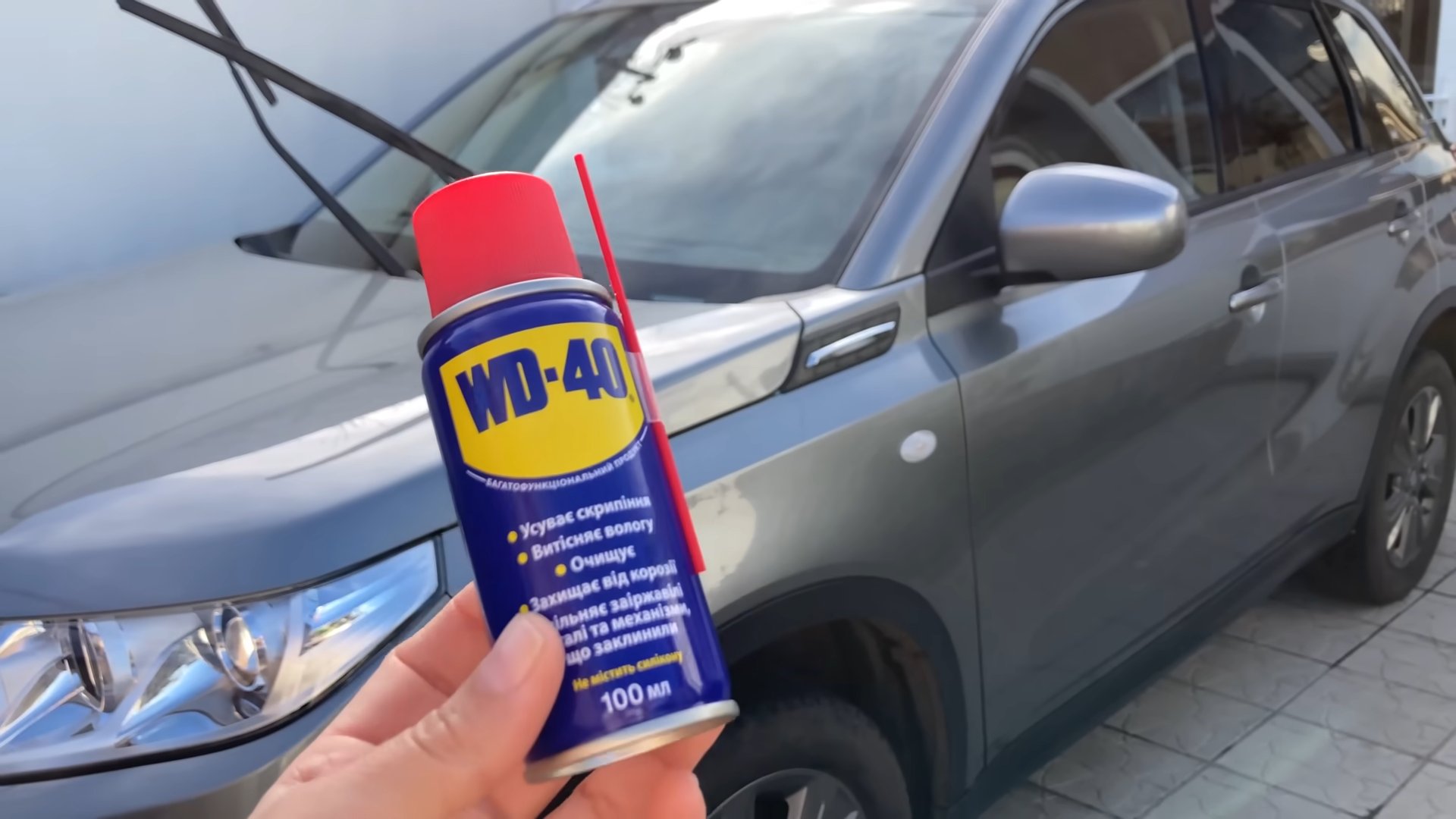
Unlock the Power of WD-40: Beyond Squeaky Hinges – Car Maintenance Hacks You Need to Know
Hey there, fellow car enthusiasts! We all know WD-40 as the go-to solution for silencing those annoying squeaks around the house. But did you know this versatile spray can be a lifesaver when it comes to car maintenance too? I’m going to share some incredible WD-40 hacks that will help you keep your ride running smoothly and looking its best. Trust me, these tips will save you time, money, and a whole lot of frustration.
WD-40: Your Secret Weapon for Car Care
Before we dive in, let’s be clear: WD-40 isn’t a lubricant in the traditional sense. It’s a water displacement formula, meaning it’s fantastic at removing moisture and preventing rust. It’s also a great solvent, which makes it perfect for cleaning and loosening stubborn grime. However, for long-term lubrication, you’ll still need dedicated lubricants.
Here’s a breakdown of the car maintenance tasks where WD-40 truly shines:
* **Removing Sticky Residue:** Say goodbye to stubborn bumper stickers, tree sap, and road tar.
* **Loosening Rusted Bolts and Screws:** No more struggling with seized fasteners.
* **Protecting Electrical Components:** Keep moisture at bay and prevent corrosion.
* **Cleaning and Shining Chrome:** Get that showroom shine back.
* **Freeing Sticky Car Locks and Hinges:** Prevent frozen locks in winter.
* **Waterproofing Distributor Caps (in older cars):** Keep your engine running smoothly in wet conditions.
* **Cleaning Brake Dust from Wheels:** Make your wheels sparkle.
* **Removing Bug Splatter:** Easily remove those pesky bug remains.
* **Protecting Car Paint:** Prevent rust and corrosion.
Getting Started: Essential Supplies
Before you start spraying WD-40 all over your car, gather these essential supplies:
* **WD-40:** Obviously! I recommend having a can with the Smart Straw for precise application.
* **Clean Microfiber Cloths:** These are essential for wiping away excess WD-40 and polishing surfaces.
* **Gloves:** Protect your hands from the chemicals.
* **Safety Glasses:** Protect your eyes from accidental splashes.
* **Small Brush (optional):** A toothbrush or small detailing brush can help you reach tight spots.
* **Wheel Cleaner (optional):** For heavily soiled wheels, a dedicated wheel cleaner might be necessary.
* **Car Wash Soap and Water:** For pre-cleaning surfaces.
Hack 1: Removing Sticky Residue Like a Pro
This is one of my favorite WD-40 tricks. It works wonders on everything from old bumper stickers to stubborn tree sap.
1. **Pre-Clean the Area:** Wash the area around the residue with car wash soap and water. This will remove any loose dirt and debris that could scratch the paint. Dry the area thoroughly.
2. **Apply WD-40:** Spray a generous amount of WD-40 directly onto the sticky residue. Let it soak for a few minutes (5-10 minutes should do the trick). The longer you let it sit, the easier the residue will come off.
3. **Wipe Away the Residue:** Use a clean microfiber cloth to gently wipe away the residue. You may need to apply a little pressure, but avoid scrubbing too hard, as this could damage the paint.
4. **Repeat if Necessary:** For particularly stubborn residue, you may need to repeat steps 2 and 3.
5. **Clean and Wax:** Once the residue is gone, clean the area again with car wash soap and water to remove any remaining WD-40. Finally, apply a coat of wax to protect the paint.
Hack 2: Loosening Rusted Bolts and Screws: The Ultimate Solution
Dealing with rusted bolts and screws can be a nightmare. WD-40 can make this task much easier.
1. **Apply WD-40 Liberally:** Spray WD-40 directly onto the rusted bolt or screw, making sure to saturate the threads.
2. **Let it Soak:** This is crucial! Let the WD-40 soak for at least 15-20 minutes, or even longer for severely rusted fasteners. The longer it soaks, the better it will penetrate the rust.
3. **Tap Gently:** After soaking, gently tap the bolt or screw with a hammer. This can help break up the rust and allow the WD-40 to penetrate further.
4. **Try to Loosen:** Use the appropriate wrench or screwdriver to try to loosen the bolt or screw. Apply steady pressure, but avoid forcing it, as this could strip the threads or break the fastener.
5. **Repeat if Necessary:** If the bolt or screw still won’t budge, repeat steps 1-4. You may need to apply more WD-40 and let it soak for a longer period.
6. **Heat (Optional):** If all else fails, you can try applying heat to the bolt or screw with a heat gun or torch. Be careful not to overheat the surrounding area. After heating, immediately apply WD-40 and try to loosen the fastener again.
7. **Clean and Lubricate:** Once you’ve removed the rusted bolt or screw, clean the threads thoroughly and apply a new lubricant before reinstalling it.
Hack 3: Protecting Electrical Components from Corrosion
Moisture can wreak havoc on your car’s electrical system. WD-40 can help protect sensitive components from corrosion.
1. **Disconnect the Battery:** Before working on any electrical components, disconnect the negative terminal of your car battery. This will prevent accidental shorts.
2. **Identify the Components:** Identify the electrical components you want to protect, such as connectors, terminals, and wiring harnesses.
3. **Apply WD-40 Sparingly:** Spray a small amount of WD-40 onto a clean microfiber cloth.
4. **Wipe the Components:** Gently wipe the electrical components with the cloth, making sure to coat them with a thin layer of WD-40. Avoid spraying WD-40 directly onto the components, as this could cause overspray.
5. **Reconnect the Battery:** Once you’ve finished protecting the electrical components, reconnect the negative terminal of your car battery.
Hack 4: Cleaning and Shining Chrome: Bring Back the Sparkle
WD-40 is an excellent chrome cleaner. It removes dirt, grime, and water spots, leaving your chrome looking shiny and new.
1. **Clean the Chrome:** Wash the chrome with car wash soap and water to remove any loose dirt and debris. Dry the chrome thoroughly.
2. **Apply WD-40:** Spray WD-40 directly onto the chrome surface.
3. **Wipe and Polish:** Use a clean microfiber cloth to wipe the WD-40 over the chrome, removing any dirt and grime. Then, use a fresh, dry microfiber cloth to polish the chrome to a shine.
Hack 5: Freeing Sticky Car Locks and Hinges: Smooth Operation
Sticky car locks and hinges can be a real pain, especially in cold weather. WD-40 can help keep them operating smoothly.
1. **Apply WD-40:** Insert the Smart Straw into the lock cylinder or hinge and spray a small amount of WD-40.
2. **Work the Mechanism:** Insert your key into the lock and turn it several times. Open and close the door or hood to work the WD-40 into the hinge.
3. **Wipe Away Excess:** Wipe away any excess WD-40 with a clean microfiber cloth.
Hack 6: Cleaning Brake Dust from Wheels: Make Them Shine
Brake dust can make your wheels look dull and dirty. WD-40 can help remove brake dust and restore your wheels’ shine.
1. **Cool Down the Wheels:** Make sure your wheels are cool to the touch before cleaning them.
2. **Apply WD-40:** Spray WD-40 directly onto the wheels, focusing on areas with heavy brake dust buildup.
3. **Let it Soak:** Let the WD-40 soak for a few minutes to loosen the brake dust.
4. **Scrub (If Necessary):** If the brake dust is particularly stubborn, you may need to scrub the wheels with a soft brush or sponge.
5. **Rinse Thoroughly:** Rinse the wheels thoroughly with water to remove the WD-40 and brake dust.
6. **Dry and Polish:** Dry the wheels with a clean microfiber cloth and polish them to a shine.
Hack 7: Removing Bug Splatter: A Clear View
Bug splatter can be difficult to remove from your car’s paint and windshield. WD-40 can help soften the bug remains, making them easier to wipe away.
1. **Apply WD-40:** Spray WD-40 directly onto the bug splatter.
2. **Let it Soak:** Let the WD-40 soak for a few minutes to soften the bug remains.
3. **Wipe Away:** Use a clean microfiber cloth to wipe away the bug
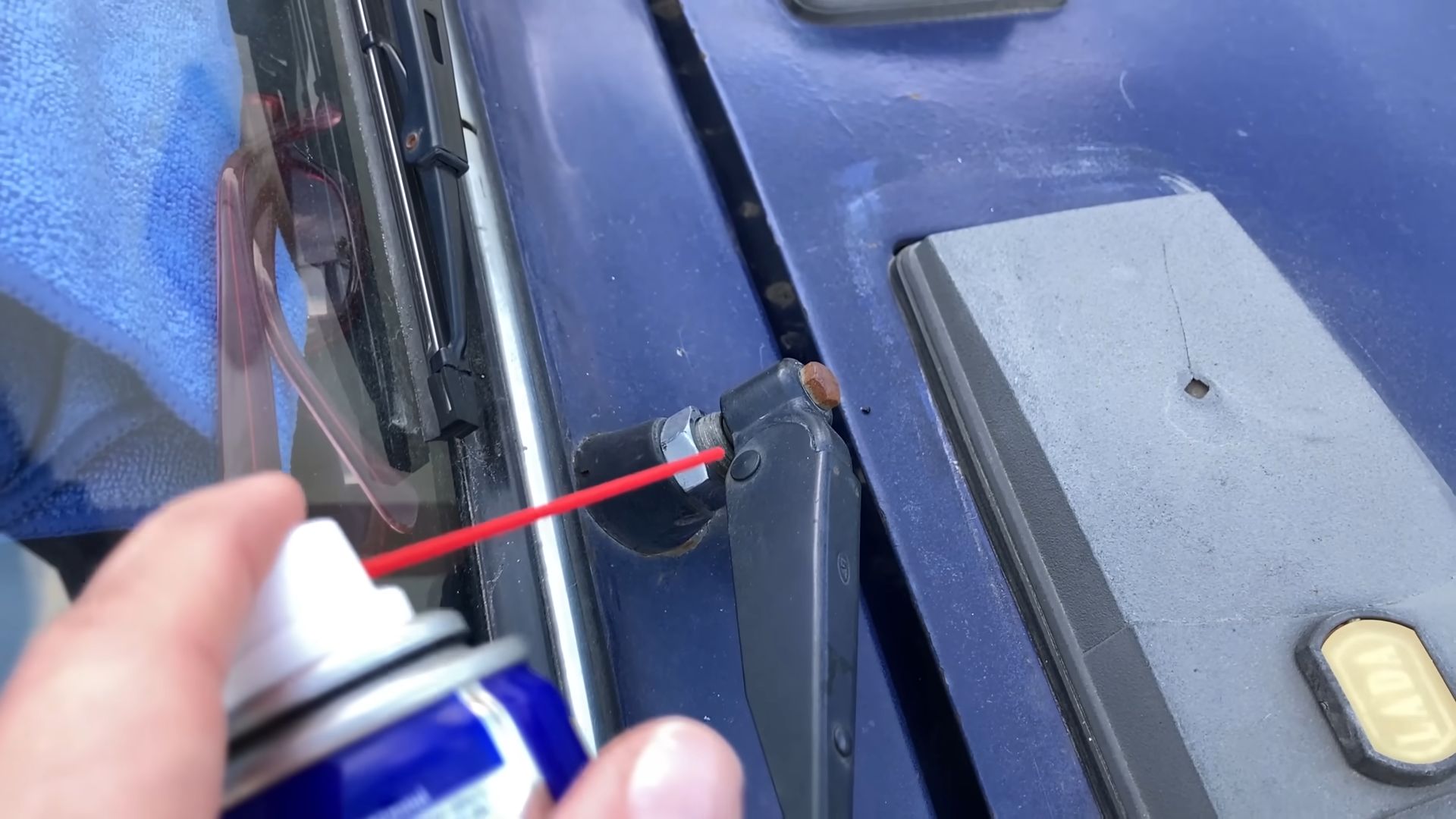
Conclusion
So, there you have it! Unleashing the power of WD-40 for car maintenance isn’t just a clever hack; it’s a game-changer for both seasoned mechanics and everyday car owners. We’ve explored how this versatile product can tackle everything from stubborn bolts to squeaky hinges, and even restore shine to your chrome. The beauty of these WD-40 car maintenance tricks lies in their simplicity and accessibility. You don’t need a garage full of specialized tools or years of experience to achieve professional-looking results.
Why is this a must-try? Because it saves you time, money, and frustration. Imagine effortlessly loosening a rusted lug nut that would otherwise require a trip to the mechanic. Think of the satisfaction of silencing that annoying door hinge squeak with a quick spray. Consider the pride in restoring your car’s chrome to its former glory with minimal effort. These are just a few of the benefits that await you when you embrace the power of WD-40.
But the possibilities don’t stop there. Feel free to experiment with different applications and variations. For instance, if you’re dealing with particularly stubborn rust, try letting the WD-40 soak for an extended period, perhaps even overnight. You can also use a wire brush in conjunction with WD-40 to scrub away stubborn grime and corrosion. For delicate surfaces, always test in an inconspicuous area first to ensure compatibility.
Variations and Suggestions:
* Rust Prevention: After cleaning and lubricating with WD-40, consider applying a thin coat of grease or silicone lubricant for added protection against future rust formation, especially in areas prone to moisture.
* Interior Detailing: While WD-40 is primarily known for its mechanical applications, it can also be used sparingly to remove scuff marks from plastic interior panels. Always test in an unseen area first and wipe away any excess product immediately.
* Bug Removal: WD-40 can be effective at removing stubborn bug splatters from your car’s paint. Spray it on, let it sit for a minute or two, and then wipe it off with a clean cloth. Follow up with a car wash to remove any residue.
* Protecting Battery Terminals: After cleaning your battery terminals, a light spray of WD-40 can help prevent corrosion and ensure a good connection.
We’re confident that these WD-40 car maintenance tricks will become an indispensable part of your car care routine. So, grab a can of WD-40, head out to your garage, and put these tips to the test. We encourage you to share your experiences, successes, and even your own creative uses for WD-40 in the comments below. Let’s build a community of car enthusiasts who are empowered to tackle common maintenance challenges with this amazing product. Your insights could help others discover new and innovative ways to keep their vehicles running smoothly and looking their best. Don’t just take our word for it; experience the magic of WD-40 for yourself!
Frequently Asked Questions (FAQs)
What exactly is WD-40, and why is it so effective?
WD-40 is a petroleum-based solvent with lubricating properties. Its exact formula is a closely guarded secret, but it’s known to contain a blend of lubricants, solvents, and corrosion inhibitors. This unique combination allows it to penetrate rust, displace moisture, loosen stuck parts, and leave behind a protective coating. It’s effective because it addresses multiple issues simultaneously, making it a versatile solution for a wide range of car maintenance tasks.
Is WD-40 safe to use on all car surfaces?
While WD-40 is generally safe for most car surfaces, it’s always best to exercise caution and test in an inconspicuous area first, especially on painted surfaces, plastics, and rubber. Prolonged exposure or excessive application can potentially damage certain materials. Avoid spraying WD-40 directly onto brake rotors or pads, as this can compromise braking performance. When in doubt, consult your car’s owner’s manual or a professional mechanic.
Can WD-40 really remove rust?
Yes, WD-40 can effectively loosen and remove surface rust. Its penetrating properties allow it to seep into the rust and break down the bonds that hold it together. However, for severe rust, you may need to use a wire brush or other abrasive tool in conjunction with WD-40 to completely remove the corrosion. Remember to protect the treated area with a rust inhibitor or paint after removing the rust to prevent it from returning.
How often should I apply WD-40 to my car’s components?
The frequency of application depends on the specific component and the environmental conditions. For hinges and locks, a monthly application may be sufficient. For components exposed to harsh weather or frequent use, such as lug nuts or battery terminals, more frequent applications may be necessary. Regularly inspect your car’s components for signs of rust or corrosion and apply WD-40 as needed.
Will WD-40 damage my car’s paint?
WD-40 is generally safe for car paint when used sparingly and wiped off promptly. However, prolonged exposure or excessive application can potentially dull or damage the paint. Always test in an inconspicuous area first and avoid spraying WD-40 directly onto the paint if possible. Instead, spray it onto a cloth and then apply it to the desired area. Follow up with a car wash to remove any residue.
Can I use WD-40 to lubricate my car’s engine parts?
While WD-40 has lubricating properties, it’s not a substitute for dedicated engine oil or grease. WD-40 is a light lubricant that can evaporate over time, while engine oil and grease are designed to withstand high temperatures and pressures. Using WD-40 on engine parts can lead to premature wear and damage. Always use the appropriate lubricants recommended by your car’s manufacturer.
Is WD-40 flammable?
Yes, WD-40 is flammable. It contains petroleum-based solvents that can ignite if exposed to an open flame or high heat. Use WD-40 in a well-ventilated area and avoid spraying it near sparks or flames. Store WD-40 in a cool, dry place away from heat sources.
What are some alternatives to WD-40 for car maintenance?
While WD-40 is a versatile product, there are alternatives that may be better suited for specific tasks. For example, penetrating oil is specifically designed to loosen rusted bolts and nuts. Silicone lubricant is ideal for lubricating rubber and plastic parts. Grease is best for lubricating high-friction components such as bearings and joints. Choose the product that is best suited for the task at hand.
How should I dispose of WD-40 properly?
WD-40 is considered hazardous waste and should not be disposed of in regular trash or poured down the drain. Check with your local waste management agency for proper disposal methods. Many communities offer hazardous waste collection programs where you can safely dispose of WD-40 and other household chemicals.
Can WD-40 help with squeaky brakes?
While WD-40 might temporarily silence squeaky brakes, it’s not a long-term solution and can actually be dangerous. Brake squealing is often caused by worn brake pads, glazed rotors, or loose components. Applying WD-40 to brake components can contaminate the brake pads and rotors, reducing braking performance and potentially leading to accidents. If you have squeaky brakes, it’s best to have them inspected by a qualified mechanic.

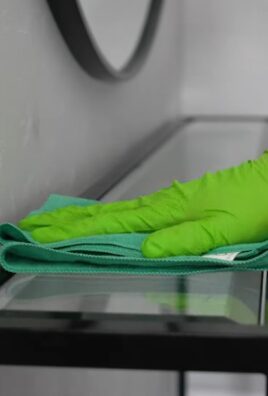
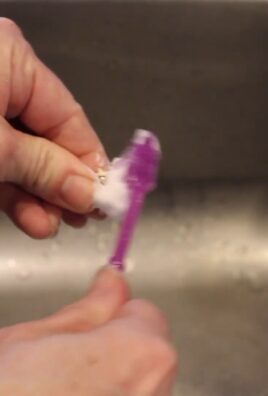
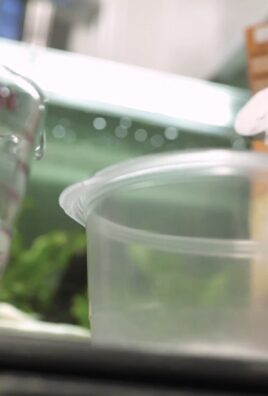
Leave a Comment